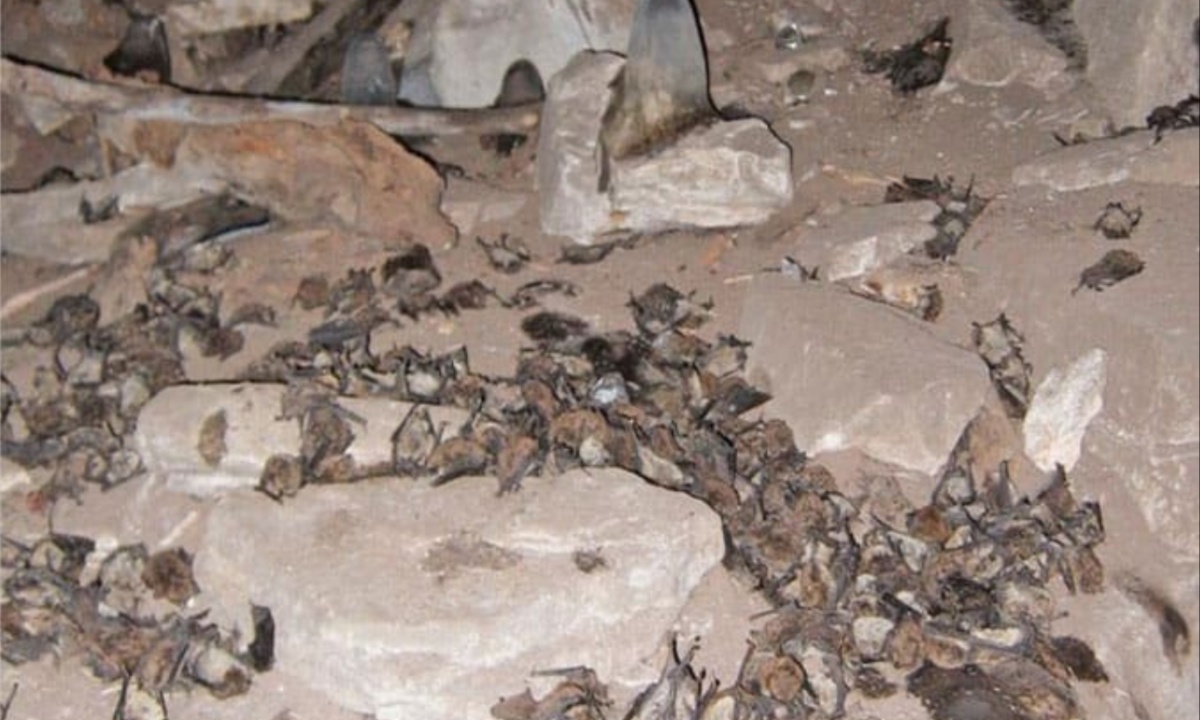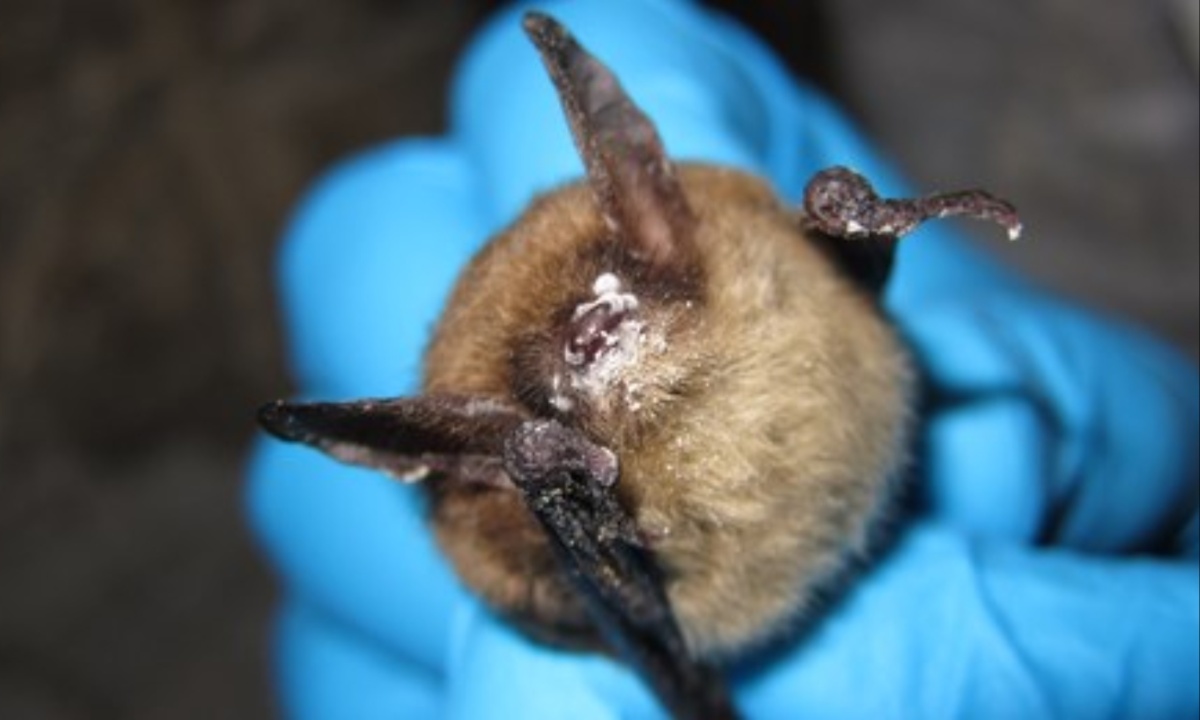As Halloween approaches, alarming news regarding bat welfare has surfaced in California due to the presence of a dangerous fungus known as Pseudogymnoascus destructans. This fungus is responsible for white-nose syndrome, a serious condition that poses a lethal threat to various bat species. Recently confirmed in at least five counties, including Humboldt, this development raises concerns for bat populations and those invested in their conservation.
The California Department of Fish and Wildlife (CDFW) released a statement detailing the fungus’s detection across several counties this year. Despite its presence, no bats exhibiting symptoms of white-nose syndrome have been reported yet in the state. Historically, this disease has devastated bat populations across North America, resulting in the deaths of millions and the collapse of entire colonies. Particularly vulnerable species include hibernating bats such as the little brown myotis and Yuma myotis, while the fungus is not harmful to humans or other wildlife.

The mechanism by which white-nose syndrome affects bats involves the fungus invading their skin cells, particularly damaging the delicate membranes of their wings. The visible signs of infection include white fuzz on their faces, which leads to early awakening from hibernation—a perilous situation when food sources are scarce. This early emergence can lead to depletion of fat reserves and dehydration, ultimately resulting in the bats’ demise.
In 2023, the CDFW confirmed the fungus’s presence in a bat roost in Humboldt County, with further confirmations in Sutter, Placer, Amador, and Inyo counties in 2024. While the fungus has been found on various bat species in California, including the newly reported Western red bat, white-nose syndrome has yet to be observed. However, the increasing presence of the fungus suggests that the disease may manifest in California’s bat populations in the near future, mirroring the spread observed in other states since its discovery in 2006.
To mitigate the spread of white-nose syndrome, the CDFW collaborates with the National Park Service and U.S. Fish and Wildlife Service to monitor bat populations. Biologists have been sampling bats since 2016, using swabs to test for the fungus when bats emerge from hibernation. This ongoing surveillance is critical to managing the disease and understanding its impact on bat populations. Bats play an essential role in maintaining ecological balance and agricultural health, consuming thousands of insects each night and contributing significantly to pest control, thereby benefiting California’s economy.
